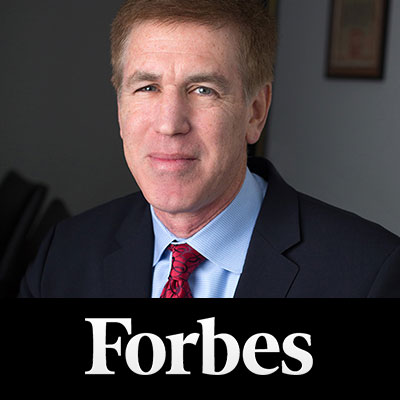
Investors are hesitant to put new money into capital markets right now because equity markets are at all-time highs, bond yields are near historically low levels and valuations are rich. We have been sorting through our universe to find opportunities we feel can achieve a positive total return in the current environment. With that in mind, we believe the Gabelli Global Deal Fund (GDL) can produce a positive total return in a variety of markets.
GDL seeks to achieve a positive return regardless of the market environment by investing in event-driven situations, largely publicly-announced mergers, takeovers, tender offers and buyouts. It may also invest in spin offs and liquidations. This strategy is interesting for several reasons. One, it has the ability to produce uncorrelated and resilient returns. In 2008, the net asset value (NAV) of the fund was only down 4.1%, largely due to its significant Treasury position and risk management. Two, it’s current cash and Treasury position also adds to the fund’s ability to be opportunistic. We also believe this strategy can be participatory in a strong equity market due to increased opportunity in the universe. Lastly, many investors do not have exposure to this segment of the market, which acts as a diversifier.
We also believe the team at Gabelli does a fine job of assessing the risks and rewards of each event the market presents. Take an example cited in the 2Q17 quarterly report. On February 10, 2017, Mead Johnson Nutrition Co. agreed to be acquired by Reckitt Benckiser Group for $90 per share. After the deal was announced, Mead Johnson stock was still available below the acquisition price. Following regulatory and shareholder approval, the deal closed on June 15, 2017. This investment provided a 5.64% annualized return to the fund. While stocks often trade higher on the news of an acquisition, there traditionally remains an attractive premium to achieve while the deal closes.
On a fund level, GDL has been trading at a deep discount since its inception in early 2007, except in 2009 and 2010 when its defensive nature attracted investors. Currently, it has an attractive dividend yield of 6.3% as of September 26 and the potential to add return through a buyback policy. Historically, the buyback policy has helped returns. For 2016, the buyback boosted NAV returns nearly a full percentage point per the 2016 annual filing. We are firm believers that buying back shares when the fund is at double digit discounts is an effective use of capital.
Uniquely, the fund has a management fee of 50 basis points (bps) per year, but also a performance fee that can add up to an extra 150 bps annually. While this can make it expensive, we believe it will be much less of a hurdle going forward. The performance fee is calculated such that for every four bps it outperforms the Treasury Bill Index, it accrues one additional basis point towards the fee. Since short rates have been rising, the fund will need to provide an attractive NAV return for the year before paying a significant management fee. While there may be other mutual funds that provide exposure to merger opportunities, none of them offer the strategy at a 12% (as of 9/26/17) discount like GDL.
Read more posts from Maury on Forbes.comRelative Value Partners merged with Kovitz Investment Group Partners, LLC as of August 2024. All Insights are opinions of the author as of the posting date. Any graphs, data, or information in this publication are considered reliably sourced, but no representation is made that it is accurate or complete, and should not be relied upon as such. This information is subject to change without notice at any time, based on market and other conditions. Past performance is not indicative of future results, which may vary.